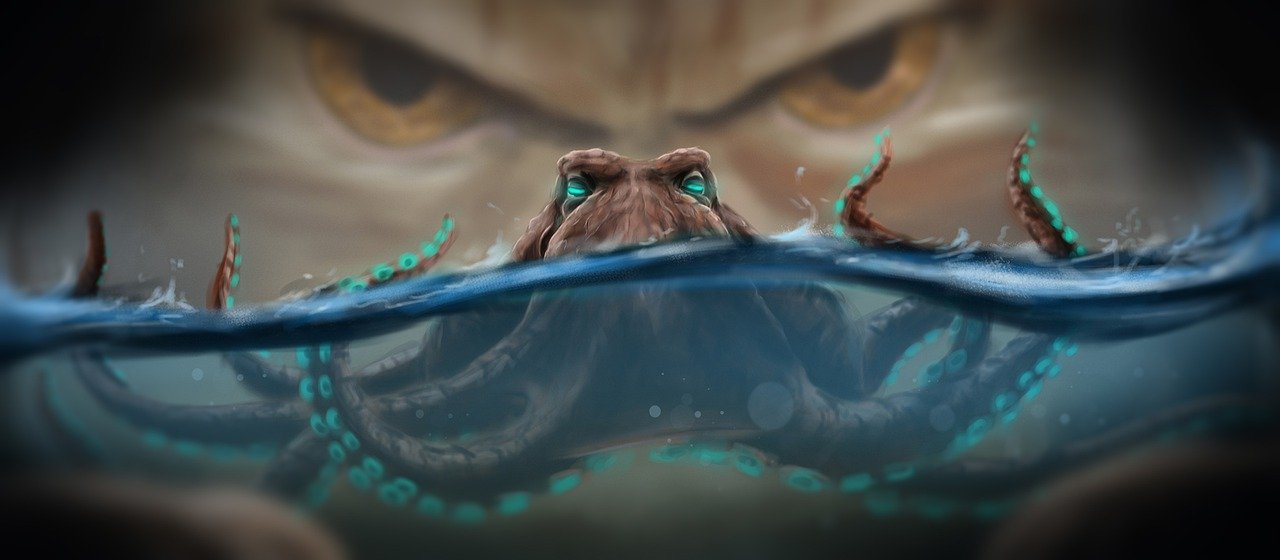Fighting Fire with Fire
Exploring the notion of fighting fire with fire in today's ever-evolving tech world.
3 min read
Mitchell D. Pousson II / October 22, 2020
The phrase's origin traces back to early 19th century U.S. settlers who would light small, controlled fires to absorb flammable material before a larger, organic fire might do so.
Today it's often used as a Machiavellian-like notion to say one should use the same tactics as their adversary in order to achieve their end goal.
So what does fighting fire with fire look like in today's tech world?
Netflix's The Social Dilemma, a critically acclaimed documentary released this year, explores the uglier side of technology's impact on humanity by exposing the multitude of ways we've been strategically manipulated to spend our time and attention on social media.
Despite their benevolent intentions, the engineers, developers, and marketers who helped cultivate some of the psychological tactics still used today, have unwittingly unleashed systems that serve up toxic and shocking content as truth— thus edging the general population toward unparalleled division.
The intriguing interviews with these individuals offer viewers a window into why we can never seem to put the device down and just be present.
A new study published by Globalwebindex says the average social media user spends three hours a day scrolling through their favorite feeds and timelines.
Although this might not be shocking news to some, it's still incredibly alarming given the fact the content seems to be increasingly divisive and we’re now compulsively consuming it at a rate that shows no signs of slowing down.
Which then begs the question: how might we leverage the power of technology to take back those precious hours and apply them toward something that benefits the user, not only the advertiser or platform at the expense of the user?
The answer: we have to fight fire with fire.
Facebook, Twitter, and Instagram have become the modern masters of acquiring and maintaining active users. There's no reason for us to reinvent the wheel if they've already cracked the code. Instead, we should use what they've figured out and apply it toward something growth oriented, something positive, something that's worth sharing for all the right reasons.
This will only be possible through offering users a substitute for the addiction that's becoming more and more damaging to people and the world around them. It's much easier to replace an addiction than to eliminate it altogether because the rewards provided to users are real and powerful incentives to take action. The challenge lies in designing a system that provides a motivating reward comparable to the thrill of doom-scrolling. By doing so, we are replacing the guilt that inevitably results from the compulsive consumption with the deeply satisfying and meaningful rewards that only creative contribution can provide.

Netflix's My Octopus Teacher tells the true story of a diver who forms a special bond with an octopus while living off the coast of South Africa.
In the documentary, there's a scene where the octopus is being actively hunted by a shark.
What happens next is truly mind blowing.
The octopus outwits the shark by studying its movements before attaching itself to its back and hitching a ride.
Once the octopus has figured out which direction the shark is most likely to head in next, it detaches itself and quickly swims the other way.
In the same manner, we as innovators must attach ourselves to the back of social media and study its continuous direction in order to hitch a ride to an alternative path and a better future.
Once we understand enough to see a sustainable escape, we can take what we've learned and make the dash towards a more positive, safer, and life-affirming digital community.